


1.Introduction
In the context of inclusive planning, the concepts of child-friendly cities, elderly-friendly cities and disabled-friendly cities have been put forward one after another, while the current understanding and operation level of China's urban and rural planning for disabled-friendly cities mainly stay at the micro-level of barrier-free environment transformation.
For people with autism[1], public service facilities are the entry point for planning to improve their quality of life and help them to have a deeper integration into society. People with autism usually look like normal people, and their symptoms are characterized by social impairment, language communication disorders, narrow interests, and stereotypical behaviors, and thus are very different from physically disabled people. The main problem they face is the barrier of access to basic public services (Figure 1), and the lack of quantity, poor inclusiveness, and low accessibility of public service facilities, as well as the lack of responsiveness of service providers, are the direct causes of the obstacle.
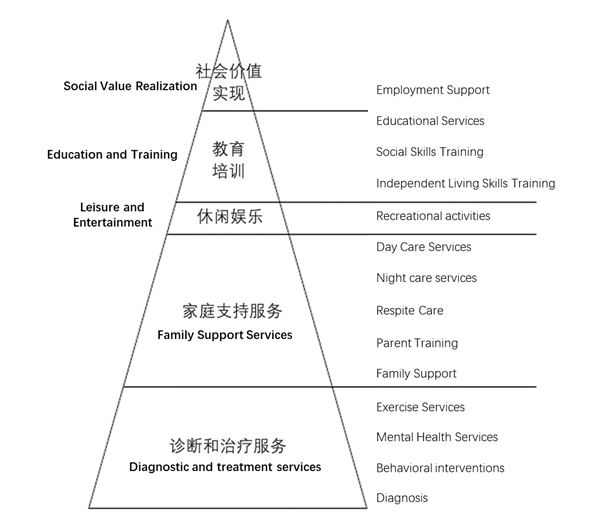
Figure 1 | Pyramid of public service needs of autistic people
Based on the global prevalence rate of 1%[2], autism is a large and "hidden" group. In China, there is no strategic plan and relevant specification for the allocation of public service facilities in urban and rural areas for the autistic group. The current urban public facilities code provides for the welfare land for people with disabilities as a whole, but in practice, this standard seems general and lacks consideration of the differences in the needs of different types of people with disabilities. Shanghai has built a few care and training facilities for people with intellectual and mental disabilities, but many people with autism are unable to use such community support facilities because of difficulties in meeting their access criteria.
Therefore, based on interviews with relevant experts and institutions (Figure 2) and a questionnaire survey of autistic families, this study reveals the demand characteristics of autistic patients and families for public service facilities, measures the planning allocation indexes accordingly, and applies them to a district in Shanghai to propose a facility allocation strategy.
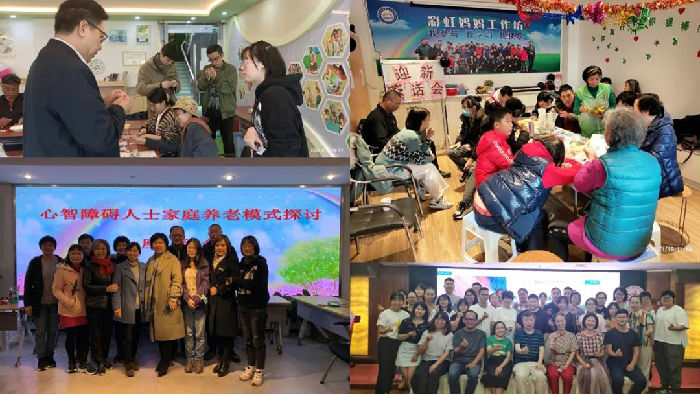
Figure 2 | Photos of the author's research visit
2.Facility demand characteristics and allocation indicators measurement
At present, there is a large demand gap for public service facilities for the key needs of autistic people and their families, and the services are demanding and specialized, with high operating costs and risks. Therefore, it is difficult to form a stable and reliable supply of quality by relying on the market alone, and the government needs to invest funds to form a guaranteed supply. Facility allocation indicators (e.g. 1,000 people indicators) need to be set in the planning. According to Figure 1, the following seven types of public service facilities are identified: (1) intervention training facilities; (2) parent counseling facilities; (3) parent training facilities; (4) parent-child activity facilities; (5) day care/respite service facilities; (6) employment transition support facilities; and (7) full-day care facilities (providing nighttime accommodations and daytime activities). In addition, the implementation of screening and diagnostic and educational services relies primarily on medical and educational resources, which are already configured in existing public facility plans and are not specifically studied here.
Based on 332 questionnaires for families with autism, Figure 3 and Figure 4 provide descriptive statistics on the intensity of facility use (comparison of status quo and demand) and the desired time period of use, respectively. Overall, except for the intervention facilities used by nearly 80% of the younger patients, the demand for most of the public service facilities was not met favorably, and the scarcity of the current state facilities can lead to limited choices of time periods for use, and some patients have difficulties in using the facilities because the available time periods do not fit into the family's daily routine. All of these activities have a stable and regular demand, but currently, there are few institutions providing these services. Public institutions have little involvement in services other than the area of elementary-age intervention, while private institutions face difficulties with high space and labor costs and usually have difficulty operating, so access to services for families with autism is problematic.
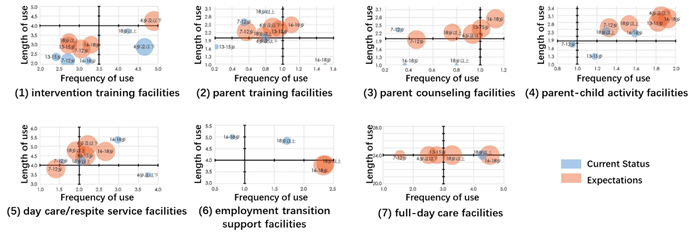
Figure 3 | Average frequency of use of each facility
Note: The size of the circle indicates the proportion of the number of people in the age group who use and have demand for the current situation; the black line corresponds to the more appropriate frequency and length of use of such facilities from the research situation.

Figure 4 | Expected time period of use for each type of facility
The basic formula for calculating the allocation index is "the number of people in demand multiplied by the intensity of use", and the total demand for each type of facility is calculated by taking the 100,000 resident population as the base (using a consistent prevalence rate of 1% for all age groups) and adding other factors that have an impact on demand (Table 1).
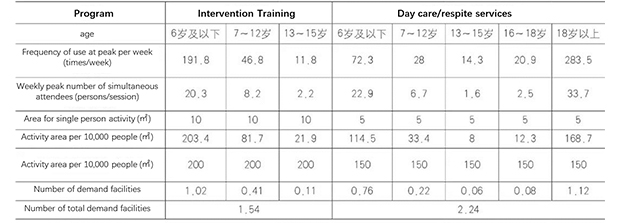
Table 1 | Demand for various types of facilities (pcs/100,000) (Intervention training, day care/respite service facilities as examples)
Note: Since most of the survey sample came from Shanghai, the percentage of each age group in this paper is based on the statistical data of the sixth census of Shanghai.
3.Facility allocation strategy
Based on the demand measurement, the proposed indicators for the configuration of autism-friendly public service facilities are obtained as shown in Table 2.
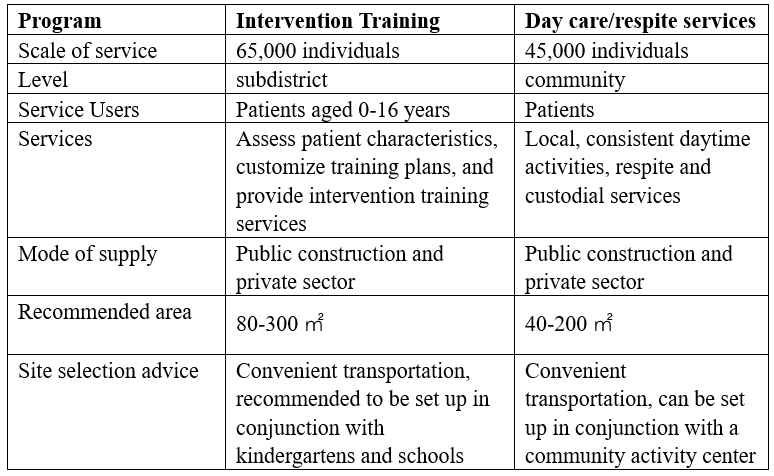
▲ Table 2 | Facility configuration indicators and construction recommendations (for example, intervention training, day care/respite service facilities)
If we simply build new facilities based on the above indicators, it will inevitably result in huge costs of facility construction and service supply, which is not in line with our current level of economic development; in addition, it is likely to increase the segregation of autistic people from the general population, which is contrary to the mainstream concept of integrating them into society. If we can combine urban and community renewal, make full use of the stock of facilities for inclusive renovation and use, and encourage public construction and government supervision in the system, we can reduce the supply pressure and promote the land ability of the target.
The average floor area index of public service facilities required by autistic people is about 14㎡/1000 people, while according to Shanghai's "DG/TJ 08-55-2019 Standards for Setting Public Service Facilities in Urban Residential Areas and Residential Districts", the total index of public service facilities that can be used for activities and disability welfare is 246-248㎡/1000 people, therefore, if 5% of the existing facility index can be transformed into friendly places that can accommodate autistic people, the plight of patients' facility use can be greatly improved.
Shanghai and other cities have formed a multi-level public service facility system of "district, subdistrict and community", and the autism-friendly public service facility system can be planned and built based on the existing facility system. Taking into account the scale of services, appropriate service distance and other influencing factors, the configuration of facilities can be divided into three levels (Figure 5).
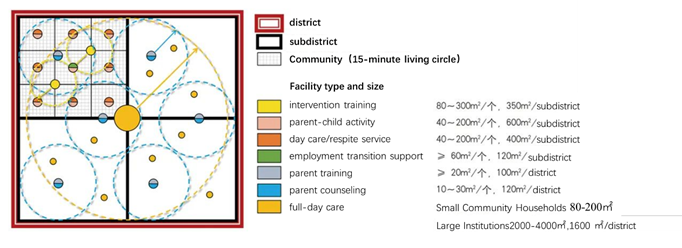
Figure 5 | Facility configuration schematic
In addition, in order to improve the convenience and efficiency of facilities, a compound facility can be constructed to promote functional integration and complementarity, and the same facility can be incentivized to serve multiple populations to improve the efficiency of facility use and the social integration of autistic people.
4.Example of planning application
Taking a district in Shanghai as an example, public service facilities friendly to autistic people are configured on the principle of using existing public space as much as possible. The district's existing facilities such as cultural and sports centers and neighborhood centers can be optimized for some of the flexibly adaptable spaces (including multi-functional spaces, training and meeting spaces, sports spaces, theaters, halls, etc.) and opened to the autistic population.
Based on the population of each subdistrict in the district, the area demand for each functional facility by the autism population was calculated and compared with the area of existing available facilities to determine the balance of supply and demand (Table 3). In general, it seems that the stock of public space in each sub-district is relatively adequate and can basically meet the demand for parent-child activities, parent training and psychological consultation; however, for facilities requiring specialized equipment such as intervention training, day care and employment transition, the existing stock of space is slightly tight. The average shortage of facility area in each sub-district is about 549m2, which is suggested to be made up by multi-functional space renovation, increasing density or new construction of some facilities (the actual shortage area needs to be determined according to the facility renovation conditions, and may be different from the theoretical calculation).
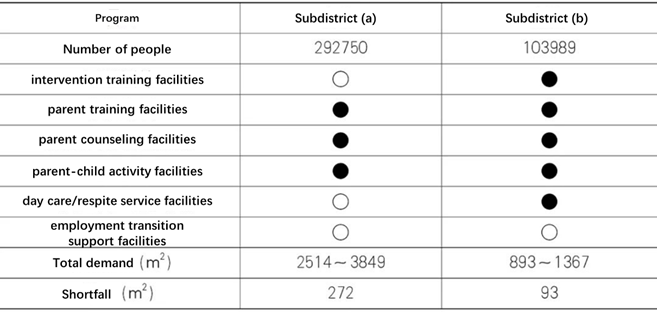
Table 3 | Ability of the stock of facilities to meet the needs of the autistic population by district
Note: ● means "can meet"; ○ means "there is a gap"
The spatial layout of public service facilities friendly to the autistic population is proposed in subdistrict(a) as an example (Figure 6).
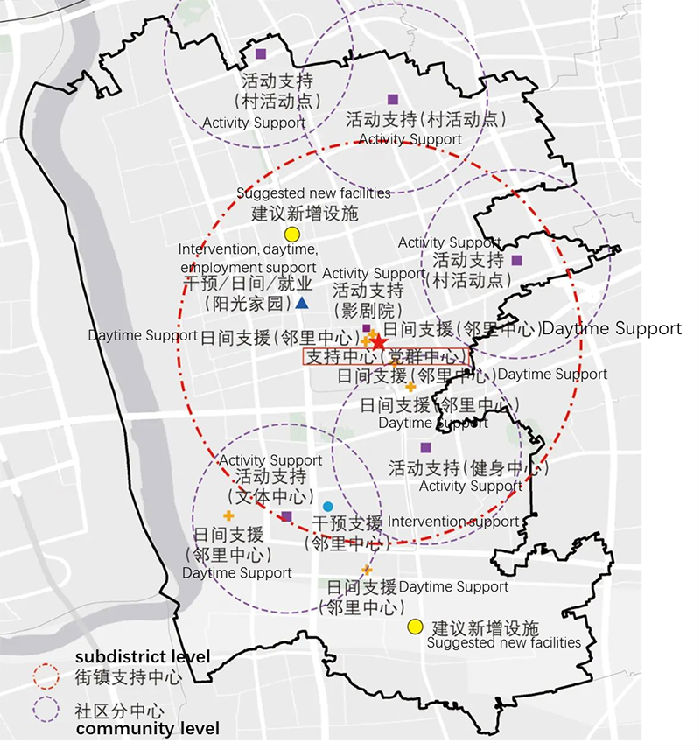
Figure 6 | Proposed spatial layout of facilities
5.Conclusion
(1)Basic public service facilities necessary for autistic people are scarce, mainly including intervention training, parent training, parent psychological counseling, day care/respite services, parent-child activities, employment transition, and full-day care. The supply of these services is mainly by social forces, with the common features of instability, inconvenience and unaffordability, and there is generally a large gap between the current usage and expectations.
(2)The configuration of autism-friendly public service facilities can be combined with the existing facilities, and a multi-level facility system of "district, subdistrict and community" can be established. It has been estimated that 5% of the facility area can be allocated from the existing public facilities to meet most of the needs of the autistic population.
(3)Case studies have shown that utilizing the city's stock of public facilities can meet the needs of a large portion of the autistic population, and may also alleviate the problems of vacancy and inefficient use of the current space.
The indicator system of autism population-friendly public service facility allocation relies on a nationwide, authoritative, comprehensive and systematic epidemiological survey of autism spectrum in China as soon as possible. In addition, meeting the demand for facility use by autistic people is a systematic project, which requires not only hardware supply, but also professional staffing, good management and operation, the creation of a friendly humanistic environment, and the guarantee and promotion of the legal and regulatory system.
Notes.
① In this article, autism, autism population, and ASD refer to the autism spectrum disorder population.
② The latest findings published by the American Autism and Developmental Disabilities Monitoring Network (ADDM) show that 1 in 54 8-year-old children have autism; the first national epidemiological study of childhood autism in China estimated the prevalence of spectrum disorders in the country to be 0.7 after screening a sample of children aged 6 to 12 years in eight representative cities from 2014 to 2016 %.
Source: <https://mp.weixin.qq.com/s/6D7LzmZs75mYeX0OQqONcA>
Translated by Hou Ying